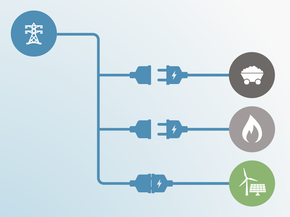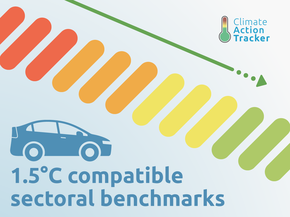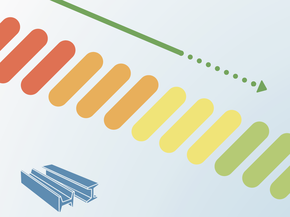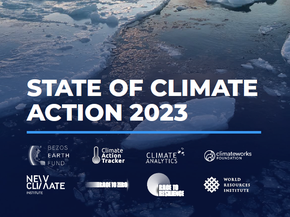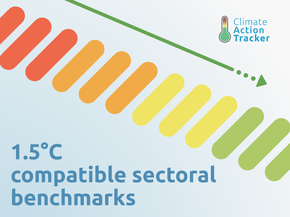CAT sectoral analysis
Introduction
While national emission trends are a useful tool for measuring government progress towards meeting the Paris Agreement 1.5°C warming limit at a global level, each government will need to address its own sectors, each with its own different baseline.
What do ambitious emission reductions look like in each sector? How do they differ between countries? The Climate Action Tracker (CAT) plays a critical role in answering these questions by assessing and evaluating national progress and highlighting leaders and laggards in the race to reduce emissions.
The CAT has published several deep dives into four major sectors – Power, Transport, Industry, and Buildings – for the world, and for a cross-section of individual countries. These reports outline the current state of play in each sector, highlighting the most promising technologies, the challenges in accelerating their adoption and evaluating the pace of change needed to meet the Paris Agreement 1.5° C warming limit. This page collects that analysis in one place enabling easier navigation.
As part of this work, the CAT has also developed 1.5°C compatible benchmarks for some sectors (Power, Transport, Industry, and Buildings). Benchmarks are valuable tools because they provide specific milestones for how individual sectors can transform in line with the 1.5ºC warming limit. In our latest work on power, we have produced 1.5°C compatible wind and solar benchmarks for 11 key countries, responsible for over 70% of global wind and solar deployment. As wind and solar will be the backbone of the energy transition, setting specific targets for them could become the defining policy action in global efforts to limit warming to 1.5°C.
These milestones can then be used to help inform policy development, such as the necessary pace of coal, gas and petrol-driven phase-out. Tracking progress towards these benchmarks can also help us identify gaps that need to be closed by new policies, leaders who demonstrate the potential for rapid decarbonisation and create opportunities for policy learning across sectors and countries.
Our in-depth assessments and rating of international aviation and shipping show the significance of these sectors which contribute to global emissions, but are not covered under national emissions. We treat them separately from our CAT country assessments.
Explore our power sector evaluation by country
As of May 2025, the CAT has enhanced its evaluation of country progress toward decarbonising the power sector with additional analysis and visuals for a selection of countries: Argentina, Brazil, Canada, Chile, EU, India, Nigeria, Norway, South Africa, South Korea, Saudi Arabia, Switzerland, Türkiye, UAE, UK, USA. You can read our full methodology here.
Find your chosen country on the map below and click to learn more about implemented policies in that sector.
All sectoral publications
2024
Decarbonising road transport: Light duty vehicles
Decarbonising steel: national circumstances and priority actions
2023
Pulling the plug on fossils in power
Paris-aligned benchmarks for the power sector
2022
Decarbonising buildings: achieving zero carbon heating and cooling
Exploring new electric vehicle roadmaps for China in a post-COVID-19 era
2020
Decarbonising the Indian transport sector: pathways and policies
Paris Agreement Compatible Sectoral Benchmarks
2019
Analysis: Transformation points - Achieving the speed and scale required for full decarbonisation
2018
For the Talanoa dialogue: Steps towards global decarbonisation in key emitting sectors
The highway to Paris: Safeguarding the climate by decarbonising freight transport
2017:
2016
The ten most important short-term steps to limit warming to 1.5°C
2015:
Faster and Cleaner: Decarbonization in the Power and Transport Sectors Is Surpassing Predictions
Latest sectoral publications
Stay informed
Subscribe to our newsletter
